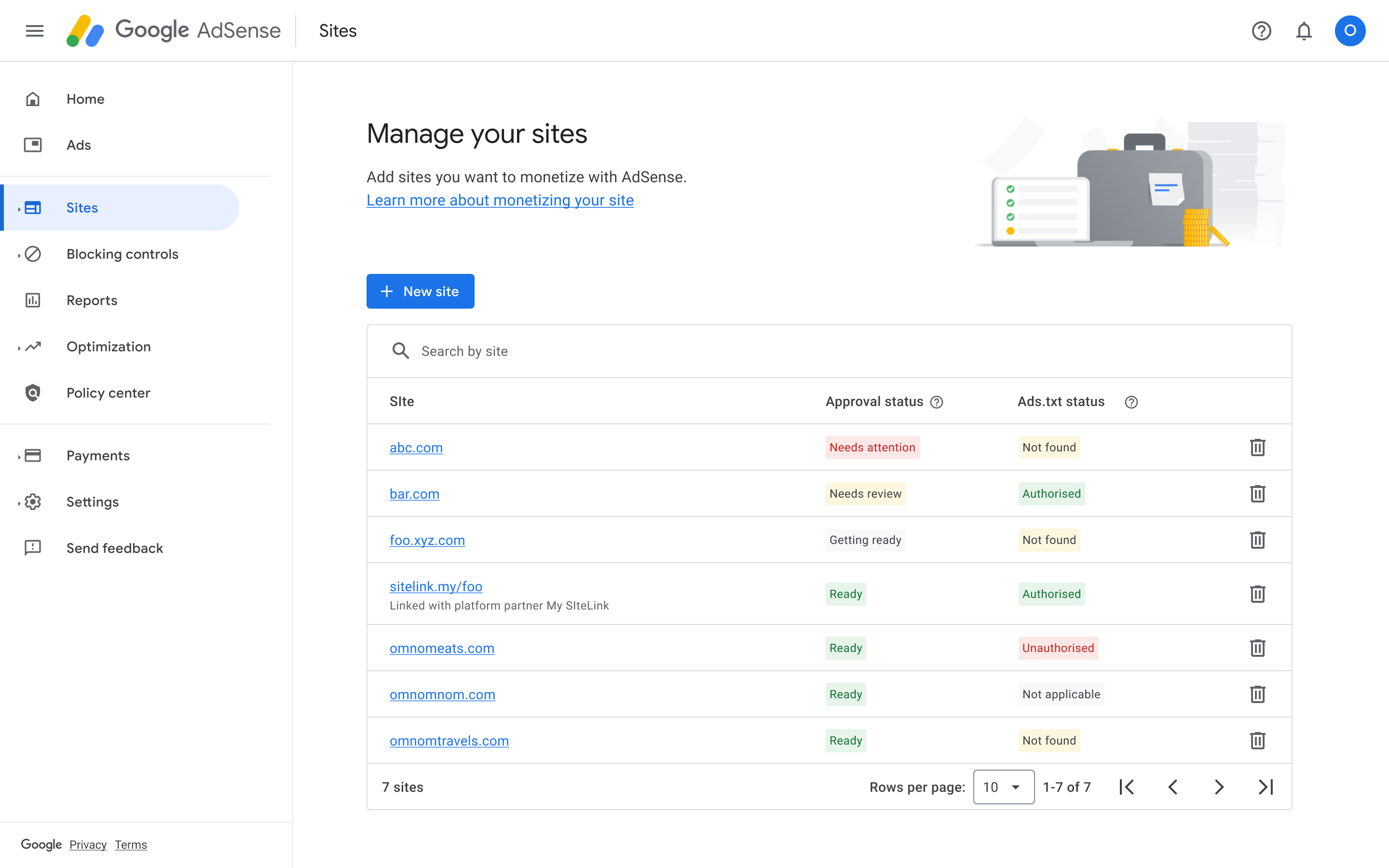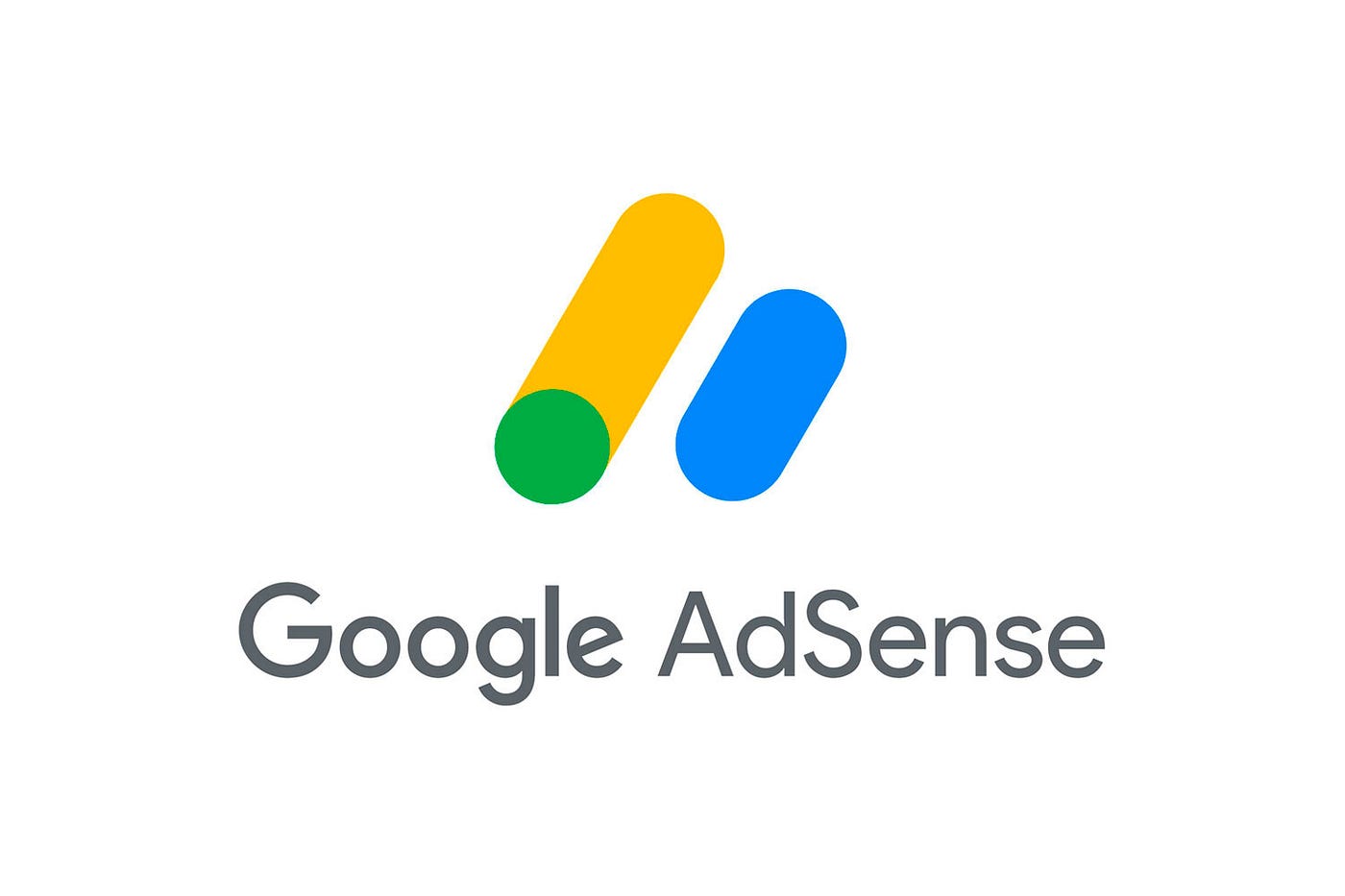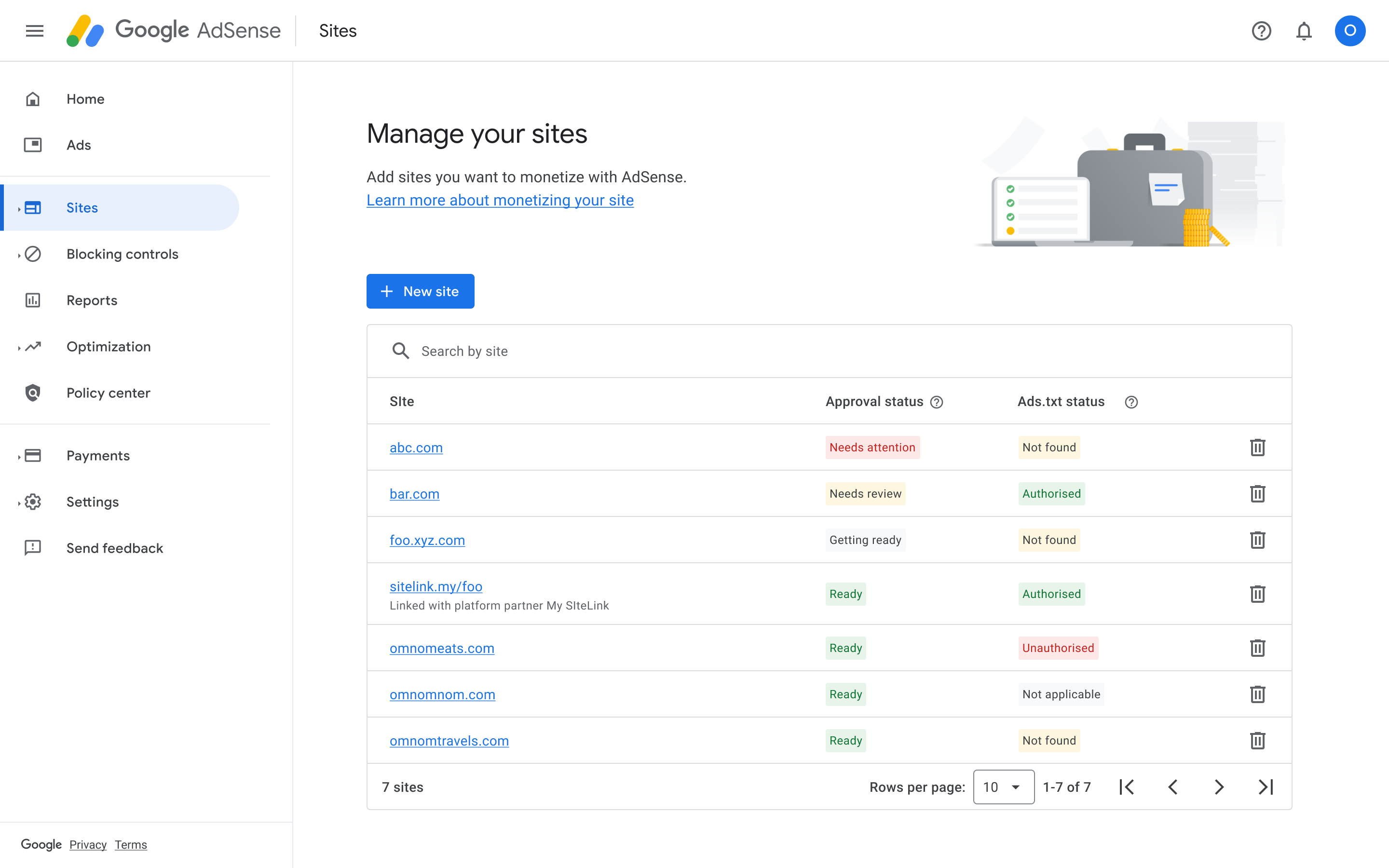Breaking News


Popular News


Monetizing your WordPress site can be a game-changer, and integrating WordPress AdSense offers a straightforward yet powerful solution. By setting up AdSense on your WordPress site, you open the door to monetizing your content seamlessly. Moreover, optimizing ad placements can significantly enhance your earnings. Regularly analyzing performance metrics will enable you to make necessary improvements, further boosting your profitability. Hence, leveraging WordPress AdSense can transform your site into a thriving revenue generator.
Contents
Setting up WordPress AdSense on your site is straightforward and can significantly enhance your monetization strategy. To get started, follow these essential steps:
Sign Up for AdSense:
Connect AdSense to Your WordPress Site:
Create and Customize Ad Units:
Place Ad Code on Your Site:
By following these steps, you can easily set up WordPress AdSense on your site and start earning revenue from your content. Transitioning to monetization is a significant step for any WordPress publisher.

Monetizing your content with WordPress AdSense can significantly boost your website’s revenue. By displaying relevant ads on your WordPress site, you can generate passive income while focusing on creating valuable content. Here are some key points to consider:
| Ad Format | Description | Recommended Use |
|---|---|---|
| Text Ads | Simple text-based ads | Blend with content, minimal intrusion |
| Display Ads | Graphic-rich ads | High visibility, especially in sidebars |
| Responsive Ads | Auto-adjusting to fit different screens | Ideal for mobile and varied layouts |
| Link Units | Small links pointing to ad themes | Supplemental, unobtrusive placements |
In summary, leveraging WordPress AdSense for monetization can be a highly effective strategy. By incorporating targeted ads, utilizing flexible formats, and benefiting from automated optimization, you create a seamless and profitable user experience.
To maximize your revenue from WordPress AdSense, optimizing ad placements is crucial. Here are some effective strategies:
| Optimization Method | Description | Benefit |
|---|---|---|
| Strategic Placement | Position ads in high-visibility areas | Increased user interaction |
| Responsive Ads | Ads resize to fit different screens | Enhanced user experience |
| Ad Density | Balance between content and ads | Maintains user satisfaction |
| A/B Testing | Experiment with placements and formats | Discovers best-performing layout |
| Heatmaps | Use heatmaps to find user engagement areas | Maximize ad exposure |
By following these strategies, you can effectively optimize your WordPress AdSense placements, leading to improved earnings and a better overall user experience.
To maximize the potential of WordPress AdSense, analyzing performance data regularly becomes crucial. AdSense provides detailed insights that help you understand the effectiveness of your ad strategy. Here’s how you can make the most out of these insights:
Key Performance Metrics to Monitor:
Steps to Analyze and Improve:
Comparison Table:
| Metric | High-Performing | Low-Performing |
|---|---|---|
| Page RPM | Above industry average | Below industry average |
| CTR | High click rates | Low click rates |
| CPC | High earning per click | Low earning per click |
By frequently analyzing these metrics and making data-driven decisions, you can significantly improve your WordPress AdSense earnings. Taking proactive steps ensures long-term success and financial stability for your website.

AdSense is an advertising program run by Google that allows publishers to monetize their websites by displaying targeted ads. For WordPress publishers, AdSense integrates seamlessly through plugins or manual code snippets. When visitors click on these ads, publishers earn revenue. The amount earned depends on the ad’s relevance, the site’s niche, and the ad’s placements, making it an attractive option for those looking to generate passive income from their WordPress sites.
Integrating AdSense into a WordPress site can be done either manually or through plugins. For manual integration, you’ll need to sign up for an AdSense account, get the ad code, and then paste it into your posts or sidebar widgets. Alternatively, there are several WordPress plugins that simplify the process by allowing you to manage ad placement and performance directly from your WordPress dashboard. Popular plugins include “Ad Inserter,” “Advanced Ads,” and “Google AdSense.”
AdSense offers numerous benefits for WordPress publishers. First, it provides a straightforward way to monetize content without requiring sales or affiliate marketing. The ads are relevant to the site’s audience, enhancing user experience while generating revenue. Additionally, AdSense leverages Google’s robust algorithm to display the most relevant ads, improving the chances of earning higher click-through rates. Finally, AdSense offers detailed performance reports, allowing publishers to optimize ad placements and increase earnings over time.
Yes, Google AdSense has several policies and guidelines that publishers must follow. These include content guidelines that prohibit illegal, adult, or violent content. Your website must also comply with Google’s Webmaster Guidelines. Placing too many ads, creating misleading placements, or generating artificial clicks through any kind of manipulation can lead to account suspension or termination. It’s essential to read and understand these guidelines thoroughly to ensure your WordPress site stays compliant and maximizes its revenue potential.